Making polite complaints in service encounters – a reflection on teaching social interactions
Scott Granville
For the past two years, I have had the pleasure of delivering several guest lectures each semester to a cohort of students from Keio University in Japan.
Engaging with the students is always a positive experience, and learners are encouraged to be creative and vocal with their language use. Each lesson is framed around a specific social interaction - a key feature of the Chasing Time English library - providing learners with multiple speaking opportunities using both real-life and narrative-based contexts.
In the most recent class, we drew on content from the second episode of the Fortune Gold drama series (Upper Intermediate level), focusing on how to make polite complaints in service encounters. This is always a fun lesson to teach, with the Fortune series designed to demonstrate how the construction of social interactions in a dramatic setting often differ from core features of usage in a more authentic, everyday context.
Step 1 – Introduction to service encounters
Before diving into the video content, I’m always conscious to provide guidelines for the social interaction setting – in this case service encounters. Through short text and spoken explanations, often with accompanying still images, the basic setup and purpose of a common service encounter, such as a customer and worker buying/selling goods and services are presented.
Step 2 – Watch and respond to a scene from Episode 2
There is a great example of a service encounter in the second episode of Fortune that takes place in a bar/restaurant.
Scene: https://vimeo.com/876597021
One of the central characters walks in, takes a seat at the bar, orders a drink, and is shocked when he receives something quite different. His reaction is blunt, borderline unpleasant, and the bartender quickly puts him in his place with a similarly short reply. It’s tense so the exchange makes for good dramatic viewing, but as an example of an everyday service encounter, the terse language is filled with potential for an unhappy outcome.
To illustrate the inappropriate nature of this example, students are first asked to watch the exchange and consider these questions:
What is the problem?
What sentence is used by the customer in his surprised state?
How would a worker feel if someone spoke to them in this manner?
Then, students work in pairs to discuss the questions before connecting back to the class group to share their responses. The objective is for them to identify and understand that this is a poor example of making a complaint.
Step 3 – Watch and respond to a service encounter
Next, students watch an example of a service encounter between a customer and a waiter. This is performed by two professional actors using a dialogue sequence written by Dr Jonathon Ryan, our Head of Materials Development.
Scenario video: https://vimeo.com/876597008
The interaction, as with the previous clip, is set in a bar/restaurant and features a customer and a waiter. However, unlike the earlier dramatic exchange, this conversation presents a customer’s complaint and the waiter’s response through a lens of politeness and mutual courtesy. It offers an opportunity to watch a successful transaction based on a customer’s genuine complaint.
Students are asked to watch the example and consider these questions:
What is the problem faced by the customer?
How does she make her complaint to the waiter?
What are the differences between this example and the earlier, dramatic interaction?
Then, working in pairs, students discuss before connecting back to the class group to share their responses. The objective in this step is to recognise the different (and more polite) approach in this example, and to hear the language used by both the customer and the waiter.
Step 4 – Breaking down the sequence
Research around social interactions has documented common sequence patterns that can be studied and practiced by language learners to support their journey of becoming confident speakers in everyday contexts. So naturally, the next step of the lesson involves a review of the dialogue between the customer and the waiter, along with an explanation of what these steps reveal.
Interaction example (from Fortune Gold supplementary materials)
A. Ahh, excuse me. Getting attention
B. Yeah? Response
A. I ordered a lemonade, but I think this is Coke. Describing/Identifying the problem
B. Oh, sorry about that. I must have been distracted. Apology + Account/Explanation
Let me get you another. Solution
A. Cheers Thanks
B. There you go. ‘There you go’ (presenting expected object)
Sorry about that. Apology
A. No problem. Excusing
Thanks. Closing
Step 5 – Roleplay
In the final step of this lesson, students (again) work with a partner to prepare and then deliver a short roleplay. Using the sequence language provided (as above) for structure, each pair chooses to use either a prepared scenario (the provided example for this class was set inside a shoe store) or create an original service encounter.
Completed roleplays should include 4-6 turns for each speaker, must illustrate a problem (e.g. the broken heel of a shoe), a complaint from the customer, a proposed solution from the worker, and a successful resolution.
Depending on the length of the class, the roleplay element may be used as a homework or extension activity.
The opportunity to incorporate social interactions within the English language learning environment never fails to present a rich and rewarding experience for learners. If you are interested in finding out more about how our content library can assist you and your organisation, please don’t hesitate to contact us.
